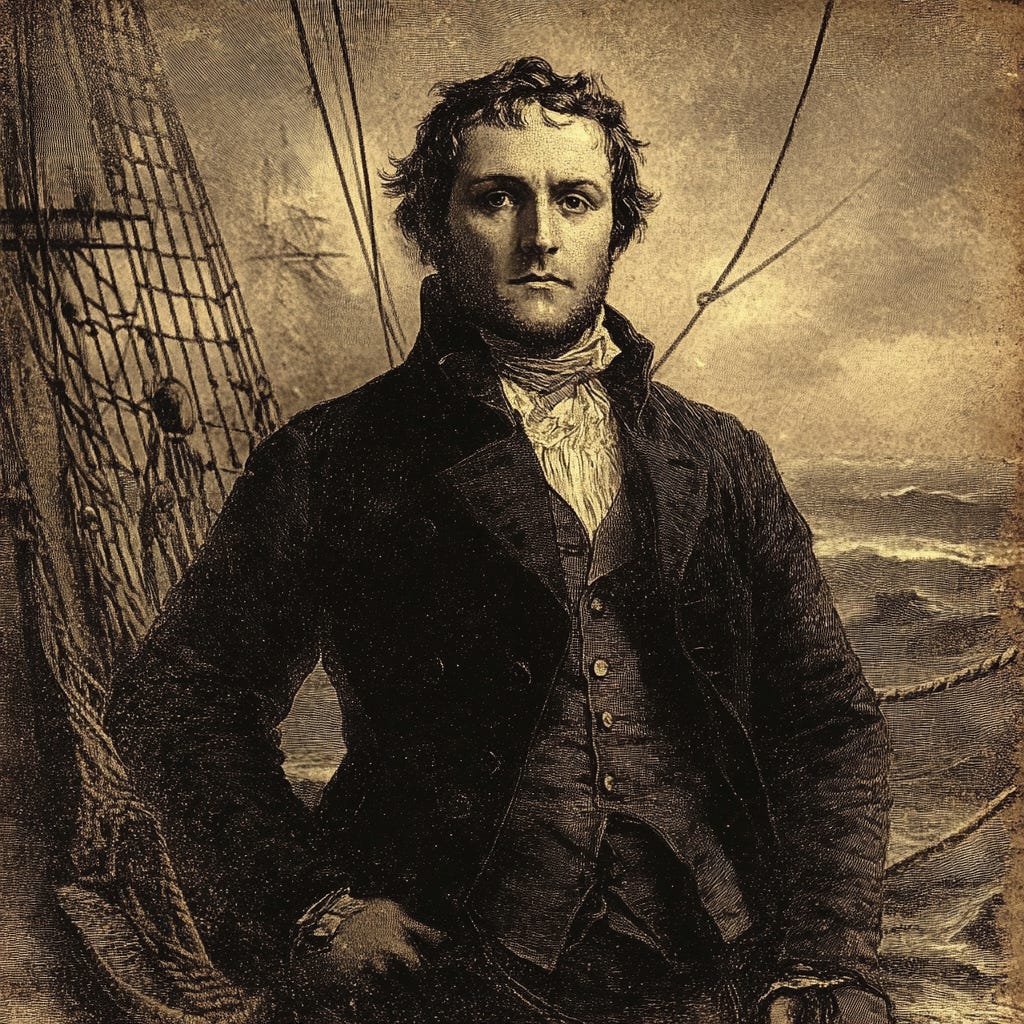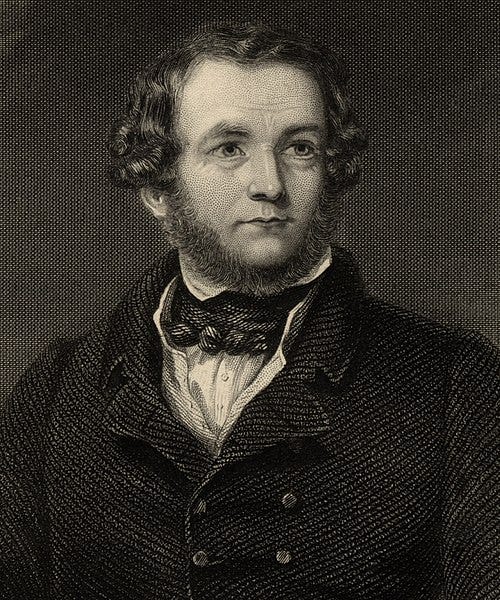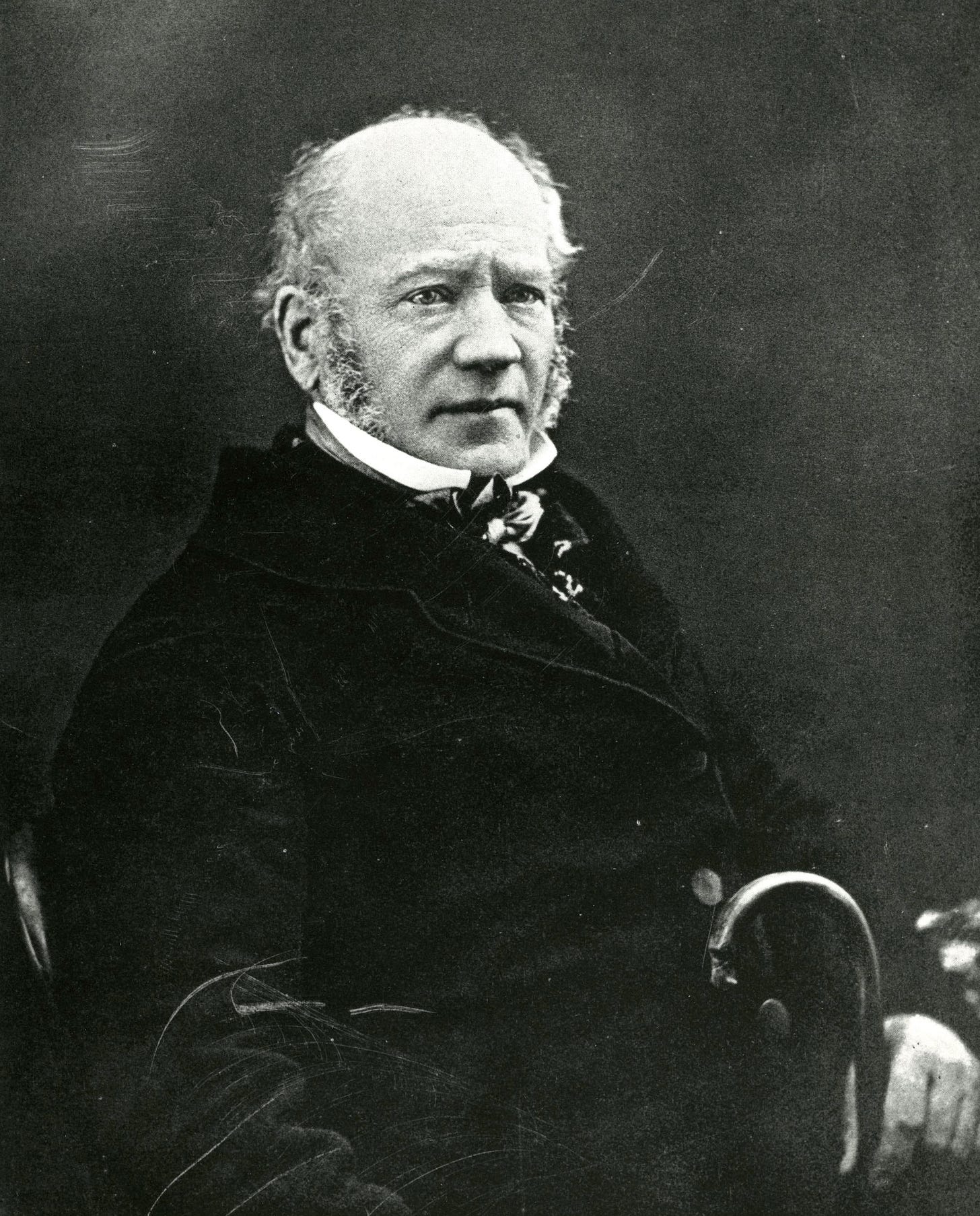Dangerous Passage: The Strange and Controversial Death of Adventurer and Explorer Thomas Simpson
In June 1840, the bodies of renowned British explorer Thomas Simpson and two travel companions were shot dead on the plains of North Dakota. Nearly 200 years later, the mystery endures
Background
For nearly two centuries, the strange and murky circumstances surrounding the death of renowned British explorer Thomas Simpson and two of his traveling companions have fascinated and puzzled generations of historians.
On June 14, 1840, members of Simpson’s expedition team discovered his body along with the lifeless bodies of John Bird and Antoine Legros Sr.
From the very start, the investigation into the men’s deaths was marred by controversy. The testimony from witnesses both at the scene and immediately after were often inconsistent or contradictory.
Then, as the investigation expanded, disturbing new possibilities began to emerge.
Who Was Thomas Simpson?
The man who would become the focal point of this perplexing mystery was born on July 2, 1808, in Dingwall, Scotland. Simpson’s mother, Mary, also helped raise Thomas’s cousin, George Simpson, who would play a significant role in Thomas’s life.
Interestingly, Thomas, the man who would later explore some of the roughest terrain in North America and routinely travel hundreds of miles by foot, was described as a weak and sickly youth who avoided “rough sport.”
At 17, Simpson attended King’s College, Aberdeen. His intention was to join the clergy.
Thomas excelled in his studies and was presented the Huttonian prize, the college’s highest award. While still at King’s College, Thomas’s cousin, George Simpson, now employed by Hudson’s Bay Company, offered Thomas a position with the company.
Thomas, however, declined the offer, as he was committed to finishing his education.
Upon graduation in 1828, Simpson took the next step in his pursuit of becoming a clergyman by enrolling in a divinity class. That year, Thomas’s cousin George once again offered him a position at Hudson’s Bay Company.
This time, Thomas accepted the offer.
Hudson’s Bay Company
With its royal charter in 1670, Hudson’s Bay Company is North America’s oldest corporation. Over the next two hundred years, HBC established a near monopoly on trade in the vast territory surrounding Hudson Bay in northeastern Canada.
By the time Thomas began serving as his cousin George’s secretary in 1829, what had started as a modest fur trading post had become one of the most successful companies on earth.
Already in control of large swaths of what would become Canada, Thomas was looking forward to helping HBC expand its territory. Simpson’s primary objective, however, was to finish mapping the Northwest Passage.
Arrival in North America
According to contemporaries, Thomas Simpson was ambitious and headstrong, qualities it could be argued are beneficial for an adventurer and explorer. However, he was also described as being quite arrogant, with a disdain and contempt for many of his colleagues, which he did not attempt to hide.
It was likely a combination of his youth, attitude, and inexperience which caused his cousin George to select another man to lead the expedition.
George Simpson, by then governor of Rupert’s Land, a large territory surrounding Hudson Bay in what was then British North America, decided to appoint Peter Dease, a more cautious and even tempered man with experience as an explorer and fur trader, to head the expedition.
It can be seen in Thomas Simpson’s personal letters that he was angered at being passed over to lead the expedition. He wrote of Dease: “Dease is an unworthy, indolent, illiterate soul.”







